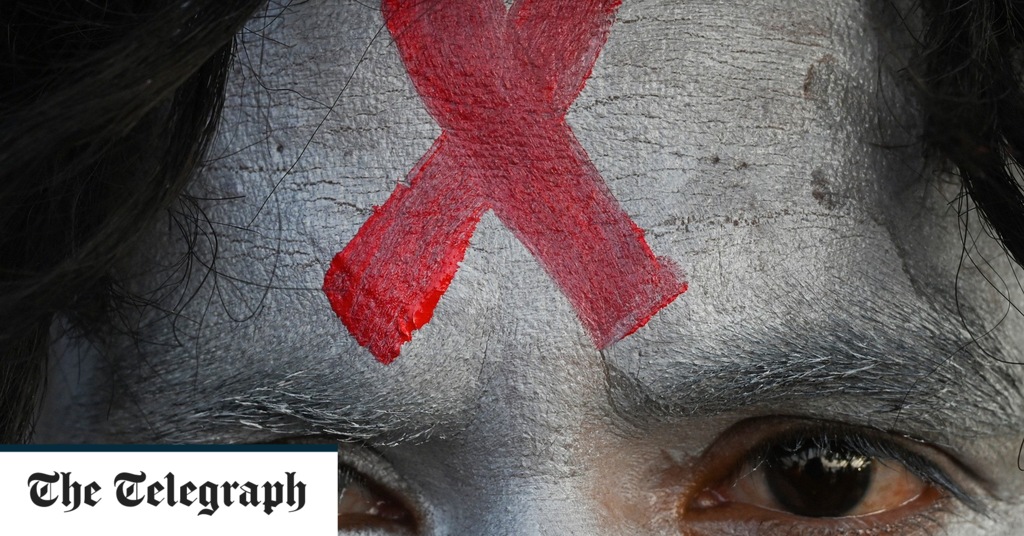Infection
Australia has HIV elimination in sight after dramatic fall in Sydney infections
Australia has taken a step closer to becoming the first country to end HIV transmission after the spread of the disease was “virtually eliminated” in inner Sydney.
Between 2010 and 2022, new infections fell by 88 per cent in inner city neighbourhoods once ravaged by the virus, according to data presented at the International Aids Society’s HIV science conference on Monday.
While thousands of men died in the 1980s and 1990s in inner Sydney, an area home to a large population of gay and bisexual men, just 11 new cases were reported last year.
Researchers said the “extraordinary success” paves the way for the areas to become the first in the world to reach the UN’s target for ending transmission of HIV, and proves that existing strategies to prevent spread work extremely well when correctly implemented.
More significantly, the dramatic reduction in infections also demonstrates that an end to a decades-long pandemic which has killed more than 40 million people is possible, scientists said.
“These numbers show us that virtual elimination of HIV transmissions is possible,” said Andrew Grulich, a professor of HIV epidemiology at the Kirby Institute, who presented the data on Monday. “Now, we need to look closely at what has worked in Sydney, and adapt it for other cities and regions across Australia.”
He added that the remarkable decline was linked to clear government leadership and a community-based approach, with widespread outreach programmes, regular testing, prompt treatment and strong uptake of pre-exposure prophylaxis (PrEP) among those at risk of contracting the virus.
‘Virtually eliminated’
The same results have not been seen city wide – in the outer suburbs, new cases have only fallen by 31 percent since 2010, the researchers found. They attributed this to lower rates of testing and use of PrEP, which prevents transmission through sex if taken beforehand.
Still, the fall in central Sydney is impressive. In England, Singapore, the Netherlands and some American cities new infections have dropped by half, while countries including Zimbabwe, Nepal and Malawi have reported declines of 70 per cent.
But nowhere has recorded a fall in transmission of almost 90 per cent, researchers said. The IAS conference described the spread as “virtually eliminated” in the central neighbourhoods.
“These encouraging findings from inner city Sydney show just how far we have come since the early days of the Aids pandemic before we had effective testing, treatment or prevention tools,” added Sharon Lewin, president of the International Aids Society and director of the Peter Doherty Institute for Infection and Immunity at the University of Melbourne.
But she warned against complacency, and stressed that new tools will be needed to wipe out the virus. More than 40 years after HIV was first discovered, there are still no vaccines. And while current treatments enable people with the virus to live long and healthy lives, only a few patients have ever been cured.
“A durable end to Australia’s HIV epidemic requires a cure and a vaccine, and the scientific community won’t stop until we discover them,” said Prof Lewin.
Protect yourself and your family by learning more about Global Health Security

